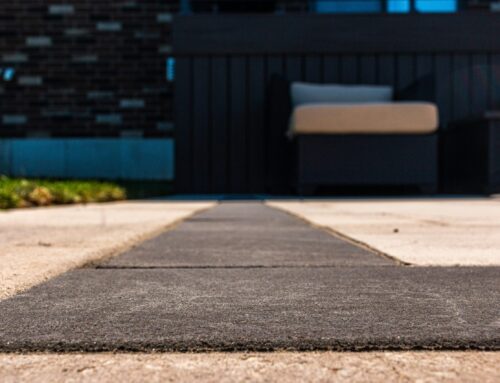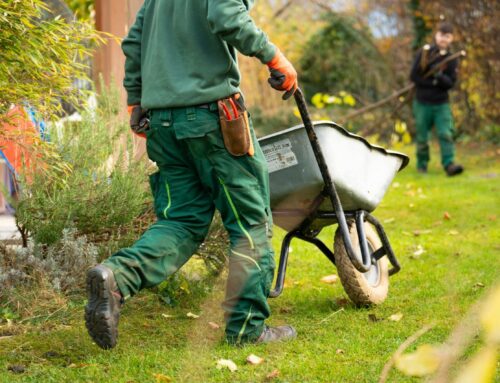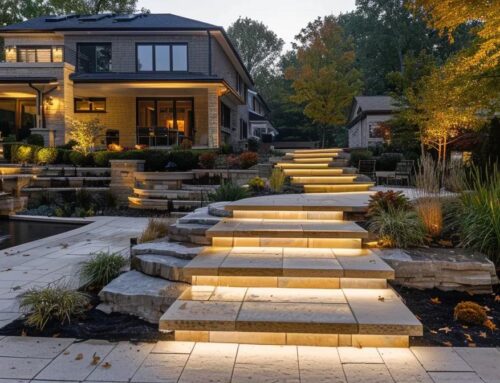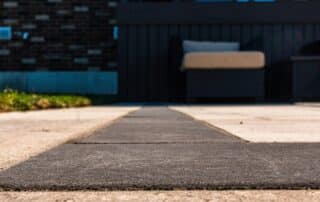Hardscape design transforms small yards and outdoor spaces into functional, visually appealing environments. Homeowners must optimize limited space while adding durable, stylish elements that enhance overall landscape design. This guide covers the best ideas for small yards, suitable materials, step-by-step installation, cost-effective solutions, 2023 design trends, maintenance best practices, and customization to suit your unique space and lifestyle. It explains how elements such as patios, walkways, retaining walls, driveways, and outdoor kitchens can be integrated using techniques and materials like concrete pavers, natural stone, travertine, and porcelain alongside sustainable practices. Let’s begin by exploring innovative hardscape ideas for small yards.
Transitioning from common design challenges to creative solutions, the following sections break down ideas, materials, processes, and trends in detail.
What Are the Best Hardscape Ideas for Small Yards?
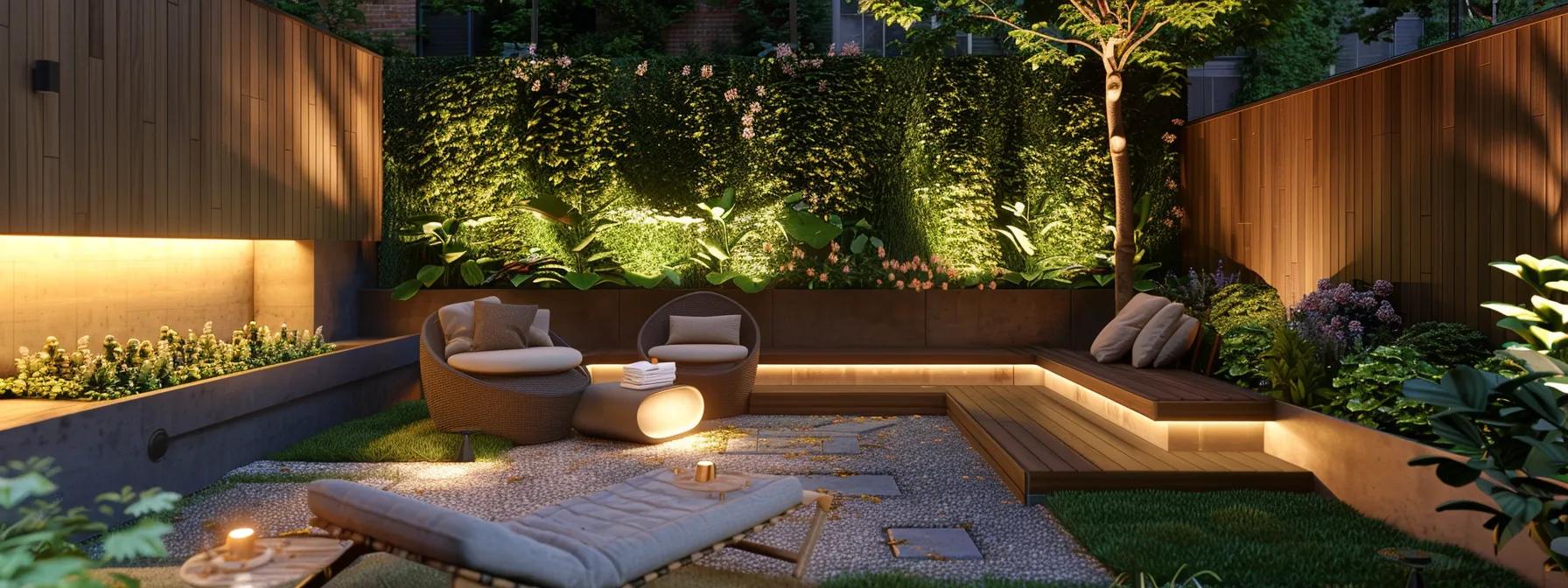
When space is limited, efficient hardscape ideas focus on maximizing every square foot while enhancing aesthetics. Features should serve practical functions while adding visual appeal. Options such as vertical gardens, multi-use seating walls, and integrated pathway lighting effectively boost the usability of small spaces.
Which Hardscape Features Maximize Space in Small Yards?
Select features that combine utility with style. Compact patios, narrow walkways, and built-in seating areas optimize limited layouts. Multi-functional furniture paired with stepped garden beds can redefine areas without occupying extra space, while raised planters and green walls introduce natural elements without sacrificing floor area. Retaining walls, for example, not only manage sloping terrain but can also form seating or planting zones.
How Can You Incorporate Patios and Walkways in Small Outdoor Spaces?
In small spaces, integrate patios and walkways with careful planning. Interlocking pavers create a durable surface that visually connects areas. Consider curved or winding walkways to guide the eye and define different zones for dining, relaxation, and gardening. Slightly elevated decking adds depth, and integrated LED lights along edges improve safety and highlight design details at night.
What Are Budget-Friendly Hardscape Ideas for Limited Spaces?
For budget-conscious homeowners, affordable hardscaping relies on cost-effective, durable materials and clever design. Recycled materials, stamped concrete, and low-cost pavers can achieve quality results without high expenses. DIY projects, such as building a fire pit or a small patio with interlocking bricks, reduce labor costs. Repurposing salvaged wood for decorative touches also adds charm. A phased approach to projects can help manage expenses while enhancing the overall design.
Which Materials Work Best for Small Yard Hardscaping?
Choosing the right materials is critical in small yard hardscaping. Natural stone offers timeless elegance that blends with vegetation, while concrete pavers are versatile and low-maintenance. Porcelain pavers deliver a sleek, modern look along with superior stain and weather resistance. Ensure that material choices complement your overall landscape design and meet local climate and usage demands for long-lasting performance.
What Are the Best Materials for Hardscaping Projects?
Material quality lays the foundation for durable, attractive hardscapes. Each material brings unique properties that suit different design styles and site conditions. Factors such as structural strength, texture, color, and maintenance requirements should guide your selection.
What Are the Benefits of Sustainable and Eco-Friendly Hardscape Materials?
Eco-friendly hardscape materials reduce environmental impact while maintaining quality. Recycled concrete, reclaimed stone, and permeable pavers contribute to waste reduction and efficient water management. Permeable pavers, for example, allow rainwater to seep through, reducing runoff and erosion. Such materials often demand less maintenance and support energy-efficient and green building initiatives, providing long-term savings along with responsible design.
Which Materials Offer Durability and Low Maintenance?
For hardscapes exposed to harsh weather, durability and low maintenance are key. High-quality concrete and porcelain pavers resist cracking, fading, and staining, while natural stone, although visually appealing, may need periodic sealing. Advances in composite materials have merged the beauty of natural stone with the longevity of synthetics. The best choice will depend on your specific project demands and long-term maintenance budget.
How to Choose Materials Based on Hardscape Features Like Patios and Retaining Walls?
Material selection should match the function of each hardscape feature. Smooth-surface materials such as concrete pavers are ideal for patios to minimize water accumulation, while robust options like natural stone or reinforced concrete blocks are preferable for retaining walls that withstand pressure and erosion. Ensure that chosen materials harmonize in color and texture with your existing landscape and complement overall curb appeal. Professional consultation can help refine these choices.
How Do You Plan and Execute a Hardscape Installation?
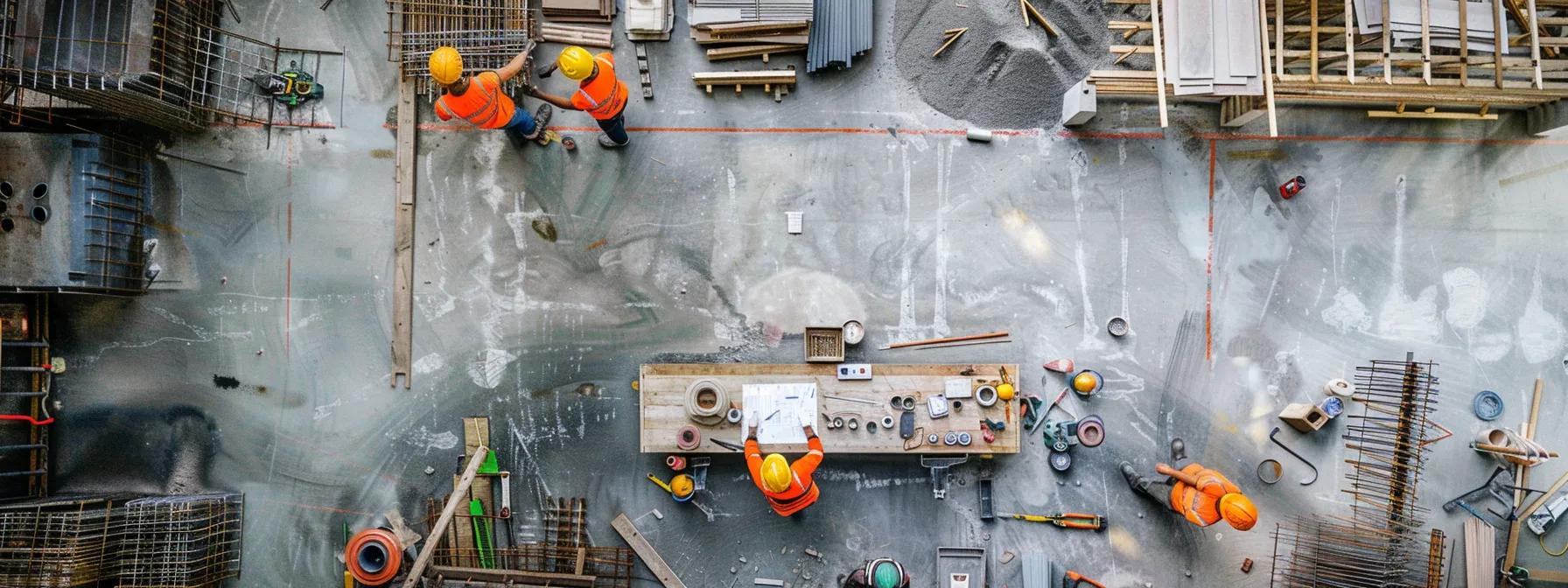
Successful hardscape installation requires careful planning and precise execution. This process involves assessing the site, detailed design layout, and scheduling each project phase. Adhering to timelines and budgets is crucial to avoid delays and cost overruns.
What Are the Step-by-Step Processes for Installing Patios, Walkways, and Driveways?
The installation process includes: 1. Design and Measurement: Accurately measure and draft a scaled design of the intended patio, walkway, or driveway. 2. Excavation: Remove vegetation and soil to the required depth, ensuring a level base. 3. Subgrade Preparation: Compact the soil and add a gravel layer to form a robust foundation. 4. Base Layer Installation: Lay and compact a base material such as sand or crushed stone. 5. Paver or Surface Layout: Arrange the pavers or stones according to the design, ensuring alignment and pattern consistency. 6. Joint Filling & Sealing: Fill gaps with polymeric sand or a similar filler, then seal the surface to protect against weather.
Following these steps ensures a stable, visually appealing, and durable hardscape.
How Do You Prepare the Site for Hardscape Construction?
Preparation is critical for longevity. Clear the area of debris, vegetation, and obstacles. Evaluate and adjust the grading to ensure proper drainage and shape the terrain to direct water away from structures. Installing edge restraints enhances stability, while soil testing can determine if additional modifications are needed.
What Tools and Techniques Are Essential for Professional Hardscape Installation?
Professional installation relies on the right tools and techniques. Essential equipment includes plate compactors for soil and base compaction, laser or spirit levels for grading accuracy, and wet saws for cutting materials. Proper edge restraint installation, accurate grading, and high-quality adhesives and sealants are vital for achieving a durable, industry-standard hardscape.
How Long Does Hardscape Installation Typically Take?
Installation timelines vary with project scale. Small patios and walkways may take two to four days, while larger, customized designs can require several weeks. Factors such as site conditions, weather, material delivery, and design complexity affect the duration. Effective planning and contingency measures help ensure that projects are completed with quality and durability in mind.
What Are Affordable Hardscape Solutions Without Compromising Quality?
Affordability in hardscaping involves balancing material costs, labor, and long-term durability while still achieving a desired aesthetic. Innovative design and careful material selection allow budget-friendly yet attractive projects. DIY options or phased installations enable gradual improvements without sacrificing design integrity.
How Can You Design Cost-Effective Patios and Walkways?
Cost-effective design centers on using modular pavers or stamped concrete that combine affordability with versatility. Simplify design patterns to reduce labor costs, and consider locally sourced materials to minimize transportation expenses. Integrating multi-functional elements, like seating with built-in planters, further optimizes space and reduces overall costs.
Which Materials Provide the Best Value for Hardscaping?
Materials that combine longevity, low maintenance, and visual appeal offer the best value. Popular options include: – Concrete Pavers: Affordable, durable, and low-maintenance. – Porcelain Tiles: Modern, resistant to stains and scratches. – Recycled Stone: Eco-friendly with natural texture. – Crushed Gravel: Inexpensive and effective for drainage. – Stamped Concrete: Visually appealing while mimicking natural stone.
These options allow homeowners to create quality hardscapes on a budget.
What DIY Hardscape Projects Are Suitable for Beginners?
Beginners can start with manageable DIY projects. Small patios using interlocking pavers, simple fire pits, or retaining walls with pre-cast concrete blocks provide an accessible introduction. A garden pathway using gravel or stepping stones is another straightforward project. Online tutorials, tool rentals, and comprehensive guides make it easier to learn essential skills while enhancing outdoor functionality and curb appeal.
How to Balance Cost and Longevity in Hardscape Projects?
Balancing cost and longevity requires an investment in quality base materials and proper site preparation to reduce future repair expenses. Compare material performance data and warranties. Incorporate low-maintenance features like permeable surfaces and sealed pavers. Strategic planning and prioritizing quality at critical points ensure an outdoor space that remains attractive and durable over time.
What Are the Latest Hardscape Design Trends in 2023?
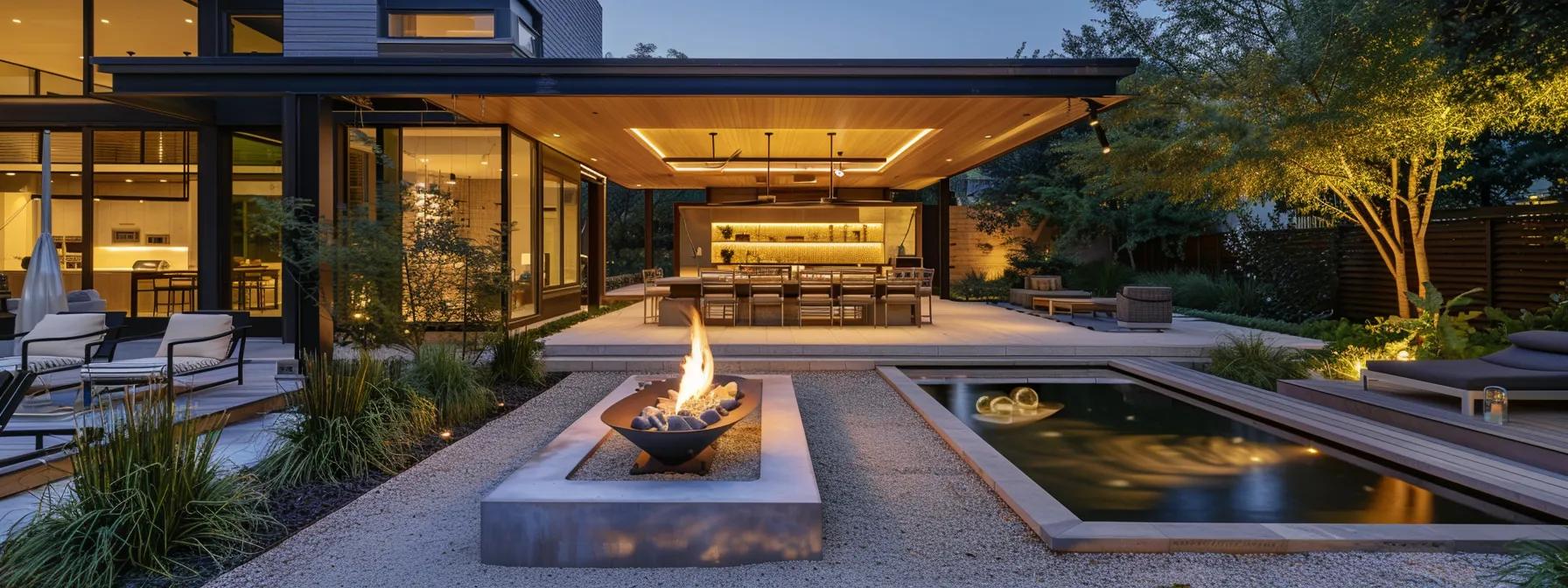
In 2023, hardscape trends emphasize sustainability, modern aesthetics, and multi-functionality. Homeowners are drawn to designs that integrate natural elements, eco-friendly materials, and energy-efficient lighting. Outdoor kitchens, fire pits, and water features are increasingly popular in creating dynamic spaces that extend interior living into the outdoors.
How Are Outdoor Kitchens and Fire Pits Shaping Modern Hardscape Designs?
Outdoor kitchens and fire pits have become key focal points. An outdoor kitchen with high-end appliances and custom cabinetry offers the convenience of alfresco cooking, fostering social gatherings. Fire pits provide warmth and ambiance while serving as natural meeting spots. Advances in weather-resistant and energy-efficient materials ensure these features are both functional and visually striking.
What Are the Emerging Styles in Patio and Walkway Designs?
Emerging styles in patios and walkways emphasize fluid layouts, geometric patterns, and mixed materials. Curved designs and color-contrasting pavers create visual interest, while embedded lighting adds drama and safety. Eco-friendly pavers and permeable surfaces not only contribute to modern aesthetics but also support sustainable water management.
How Is Sustainability Influencing Hardscape Design Trends?
Sustainability drives 2023 hardscape trends with an emphasis on eco-friendly materials like reclaimed stone and recycled concrete. Permeable pavers and green roofs effectively manage stormwater and reduce urban heat island effects. Energy-efficient lighting and water conservation practices are integral to modern designs that balance beauty with responsibility.
What Low-Maintenance Hardscape Solutions Are Trending?
Low-maintenance solutions that require minimal upkeep are gaining popularity. Pre-engineered modular pavers, sealed concrete surfaces, and durable composite materials maintain aesthetics without constant attention. Innovations in self-cleaning and weather-resistant features help homeowners enjoy outdoor spaces with reduced long-term maintenance costs.
How Do You Maintain and Extend the Life of Hardscape Features?
Consistent maintenance preserves the beauty and functionality of hardscape features. Regular cleaning, sealing, and inspections prevent premature wear, enhance safety, and sustain curb appeal. Address minor issues promptly to avoid costly repairs later.
What Are Best Practices for Cleaning and Sealing Patios and Walkways?
Keep hardscape surfaces in top condition by sweeping regularly to remove debris and using power washing tools to eliminate stains. Apply a weatherproof sealant during dry conditions, following manufacturer guidelines for reapplication. Routine inspections can identify cracks or damage early, ensuring long-term performance.
How Can Retaining Walls and Fire Pits Be Maintained Safely?
Inspect retaining walls periodically for signs of bowing or cracking, and address drainage issues before they worsen. For fire pits, regular cleaning to remove soot and insulating debris is essential. Protect fire pits with covers when not in use and check any gas or electrical components to maintain safe operation.
When Should You Schedule Professional Hardscape Maintenance?
While routine DIY care is beneficial, a professional inspection every two to three years is recommended. Experts can identify settling, sealant issues, or deep-seated problems that require specialized attention, ensuring the longevity and safety of your hardscape.
How Can You Customize Hardscape Designs to Fit Your Landscape and Lifestyle?
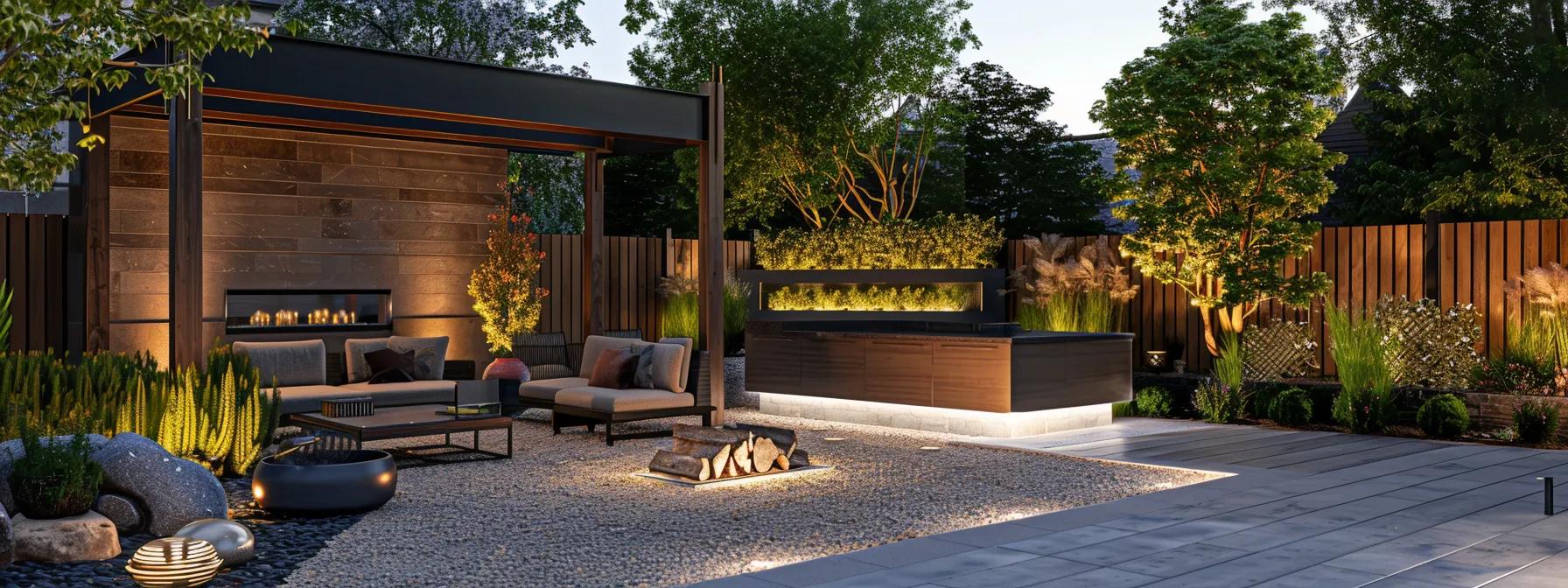
Customization tailors your outdoor space to your unique style and needs. Customized hardscape designs integrate personal preferences with natural landscape elements for a cohesive look. Options include outdoor kitchens, personalized seating areas, and unique decorative features that align with your overall design theme.
What Design Consultation Services Are Available for Tailored Hardscape Solutions?
Professional design consultation services offer comprehensive assistance—from site assessment and design planning to material selection and project management. Collaborating with experts ensures that your hardscape design meets both structural and aesthetic demands while incorporating innovative trends and sustainable practices.
How Do You Integrate Hardscape Features With Existing Landscaping?
Achieving harmony between hardscape and softscape involves using similar color palettes, textures, and materials. Integrate features such as patios and retaining walls with existing vegetation by matching stone finishes or wood accents. Consider natural light, drainage, and scale to maintain visual continuity throughout your outdoor space.
What Are Popular Customization Options for Outdoor Kitchens and Fire Pits?
Customize outdoor kitchens with built-in grills, stone countertops, and tailor-made cabinetry that reflect your culinary and decorative preferences. Fire pits can be designed with unique shapes, integrated lighting, and seating arrangements to create a warm, inviting focal point. Matching surrounding materials like pavers or accent walls enhances a unified design.
How Do You Maintain and Extend the Life of Hardscape Features? (Continuation)
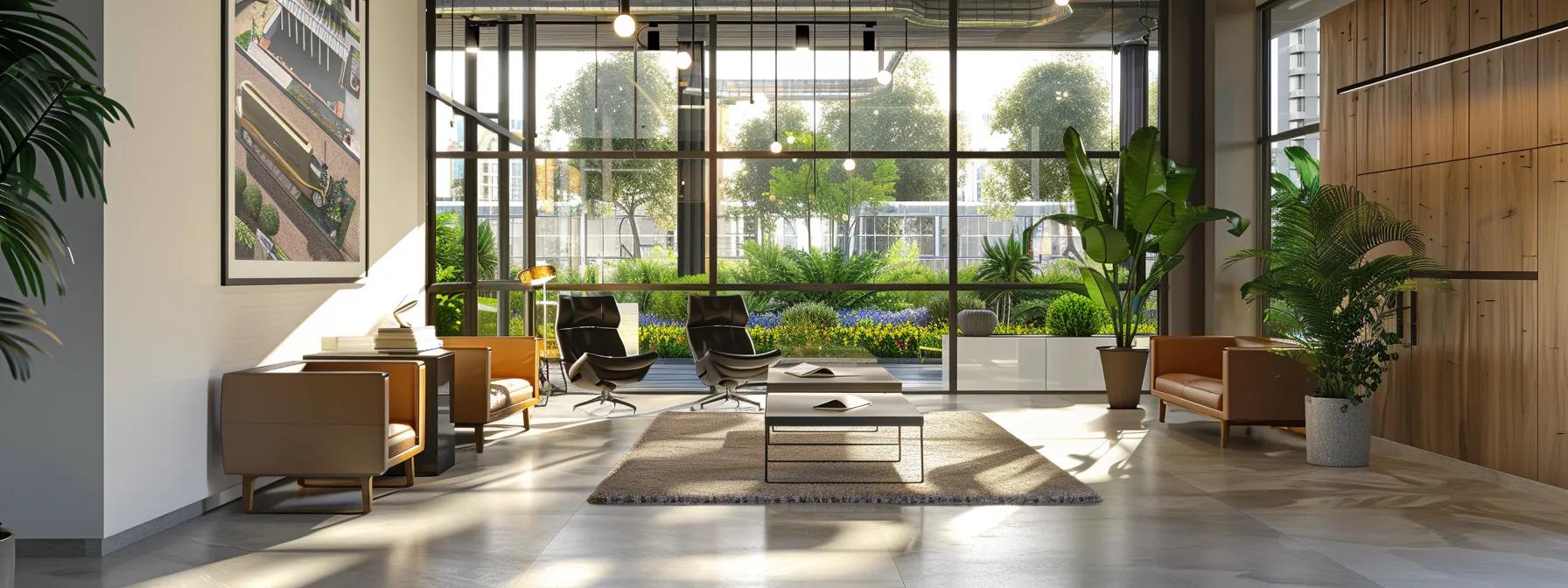
Ongoing maintenance extends the life of hardscape features. Routine cleaning, sealing, and timely repairs, tailored to seasonal conditions, protect your investment and ensure lasting performance.
Frequently Asked Questions
Q: How often should I seal my hardscape surfaces?
A: Seal hardscape surfaces at least once every two to three years. In areas with extreme weather or high UV exposure, annual sealing may be necessary for protection against moisture and staining.
Q: Can I install hardscape features myself without professional help?
A: Many small DIY projects, like installing a patio with interlocking pavers or a simple garden pathway, are feasible for homeowners with moderate skills. For larger or more complex projects, professional installation is advised to ensure durability.
Q: What are the benefits of using permeable pavers for my walkway?
A: Permeable pavers allow water to infiltrate the ground, which reduces runoff, prevents erosion, improves drainage, and supports sustainable water management.
Q: How do I choose the right hardscape material for my yard?
A: Material choice depends on your budget, yard size, climate, and desired look. Consider durability, maintenance needs, and compatibility with existing landscaping. A design professional can provide personalized recommendations.
Q: What design trends can I incorporate into my hardscape project this year?
A: Trends for 2023 include using sustainable materials, eco-friendly pavers, integrated outdoor kitchens, fire pits, and customized seating. Emphasize natural textures, modular designs, modern lighting, and seamless integration with softscape elements.
Q: How long will a professionally installed hardscape project last?
A: With quality design, materials, and regular maintenance, a professionally installed hardscape project can last for decades. Routine inspections and timely repairs help maintain its performance and appeal.
Final Thoughts
This comprehensive guide has outlined the essentials of designing and installing quality hardscape features for your outdoor space. By focusing on maximizing small yard areas, selecting durable materials, and integrating cost-effective, modern design elements, you can create an elegant yet practical environment. Emphasizing sustainability and minimal maintenance ensures a long-lasting, stress-free outdoor living space. Use these insights as a roadmap to transform your outdoor area into a visually appealing and functional extension of your home.

